This post may contain affiliate links. Please read my disclosure policy.
Tart, slightly sweet, fizzy, and full of healthy probiotics, this Kombucha Recipe is an easy, step-by-step approach for how to make this flavorful drink at home.
Kombucha is a fermented tea-based, healthy probiotic drink with a fizzy effervescent kick. It can be unflavored or flavored. Depending on what ingredients you flavor it with, the kombucha can taste sweet and fruity, tea-like and herbal, or tart and citrusy.
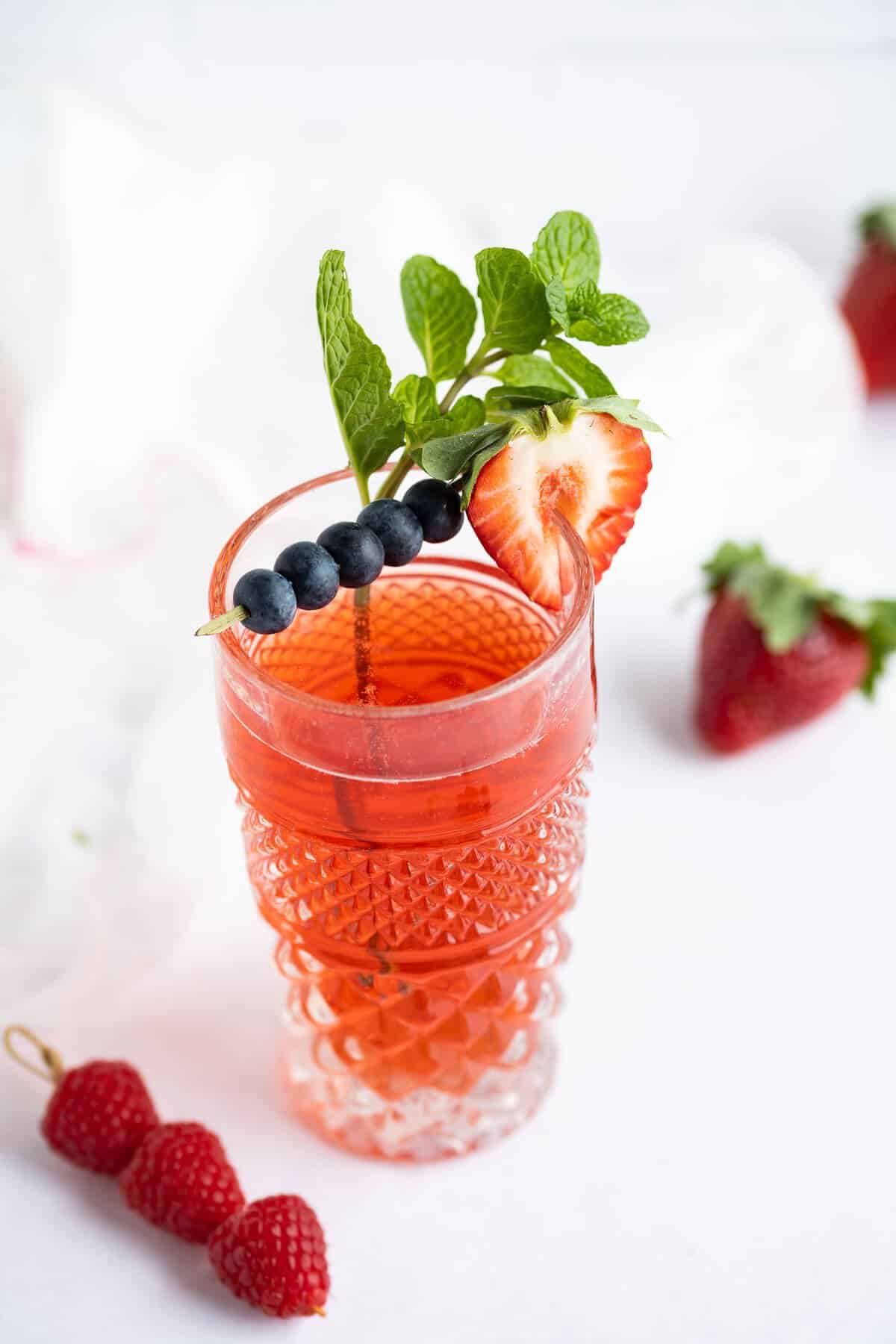
Kombucha can be purchased at your local health food store, or even at your regular grocery store, but it’s actually really easy to make. Not to mention, it’s more economical.
I’m a big fan of being able to take in nutrition and healthy recipes in a way that tastes GREAT!
For example, I’ll use bone broth anytime a recipe calls for regular broth. Smoothies are another great option, they give you that ‘sweet craving’ satisfaction, but are good for you. Metabolism Boosting Tea (tastes like an iced chai) and Breakfast Cookies are more favorites of ours.
That’s why I love this recipe. It does so much good for your body but tastes like a yummy carbonated treat, or a cocktail or mocktail.
Why This Recipe Works
- Numerous Health Benefits.
- Immune boosting.
- Inexpensive to make.
- Endless flavor variations.
Equipment needed
There are some specific tools you’ll need to be successful.
- Large Stockpot– for brewing the large batch of tea.
- Gallon size glass jar– This holds all the tea during the fermentation process. You can purchase one on amazon, or a gallon size pickle jar from Costco works well too. Of course, eat the pickles first and wash it down well.
- Coffee filter or cotton woven towel or paper towels– You probably have this at home, but it’s important because it allows everything to breathe, but keeps unwanted dust, particles, and fruit flies out. You can NOT use any type of metal lid.
- Rubber band– to hold the towel on the top of the jar.
- Funnel and Ladle– These tools make it easy to transfer the kombucha from the brewing jar to the bottles.
- Siphon (optional)– Another tool for bottling kombucha. It’s not necessary, and you can easily use a funnel and ladle as mentioned above.
- Swing-top glass bottles to bottle the kombucha after the fermentation process. These come in many different sizes and are really convenient. You can also use any glass bottle that has a plastic lid, again, no metal. I prefer 16-ounce bottles.
Key Ingredients
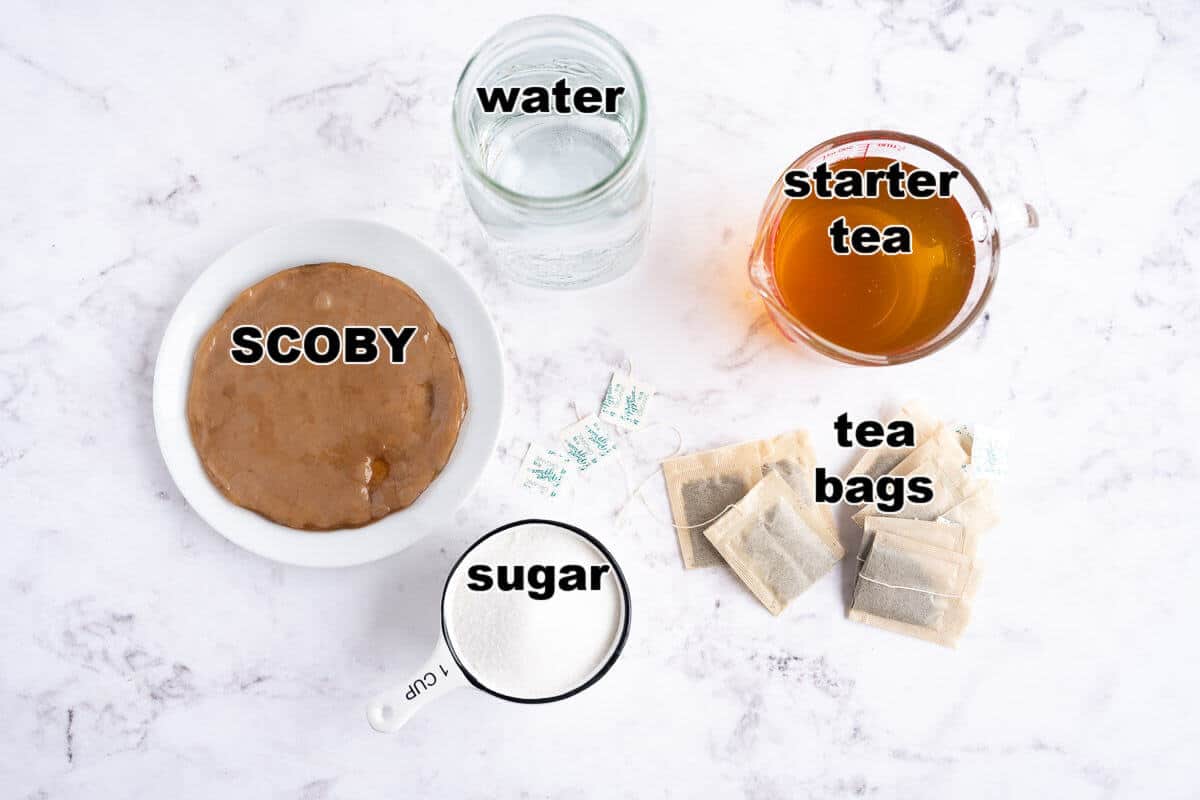
- Tea bags– My favorite is Oolong Tea because it has added health benefits, but almost any tea will do. Black tea or Green tea are the best choices, and even an all around ‘regular’ tea works just fine. Stay away from decaffeinated and herbal tea.
- Granulated White Sugar is important in this recipe as it affects the fermentation process. Honey or sugar free substitutes or are not recommended because the probiotics will not thrive without actual sugar. This ends up being low sugar in the end because the the fermentation process eats the sugar.
- Starter Tea- This is kombucha tea from a previous batch, or a store bought kombucha. It’s best to use plain, unflavored kombucha for this as flavorings can affect your initial fermentation process.
- SCOBY– This stands for Symbiotic Culture of Bacteria and Yeast. Or, some refer to it as Symbiotic Colony of Bacteria and Yeast.
- You can get one from a kombucha making friend
- purchase it online, or at some health food stores.
- After you make your first batch, the scoby will float to the top and you can reuse it.
- You can start from scratch and grow your own. See details in this post.
How to Make Kombucha
This is an overview of the instructions, be sure to see the recipe card for all the details.
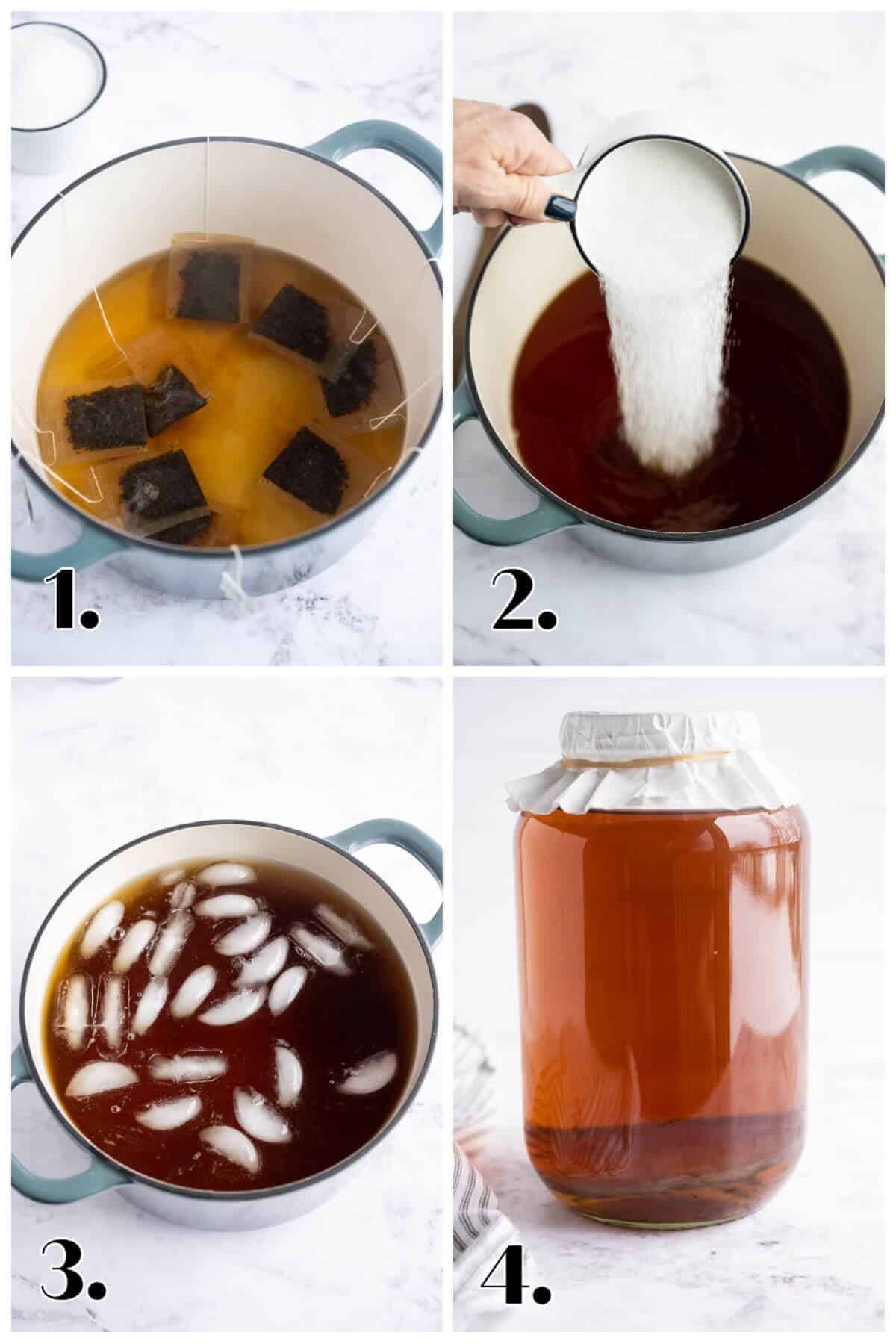
- Heat one quart of water in a stockpot. It should be hot water, but it doesn’t have to quite come to a boil. Add the tea bags and turn off the heat, let it brew for 15 minutes.
- Remove the tea bags, and add one cup of sugar. Stir it until it’s completely dissolved.
- Add 2 cups of ice and 2 1/2 quarts of cold water to bring the tea to room temp.
- Place in a 1-gallon jar with starter and SCOBY. Cover with a coffee filter or a tightly woven cotton kitchen towel, secured with a rubber band.
The tea should sit at room temperature, out of direct sunlight, in a spot where it won’t be disturbed for 7-10 days. I keep mine on my kitchen counter in the back corner.
After 7 days, give the tea a taste. If it’s still too sweet, then give it a few more days. If you like the taste, then you can bottle it, chill it and serve.
How to do a Second Fermentation
Doing a secondary fermentation gives you a fizzy drink.
- Once you’re finished with the first brew, and you’re happy with the taste, put it into glass bottles. A funnel and a ladle work great for transferring it over.
- Close them up and let the kombucha sit at room temperature for another 3-7 days. At that point, you can chill it by moving to the refrigerator. Then it’s ready to serve.
The longer you let it sit, the more fizz it will have. If you let it go much longer than the 7 days, then just be careful when you open it. It may fizz up and bubble over upon opening.
How To Make Flavored Kombucha
If you want to get creative, you can make a flavored kombucha, which happens during the second fermentation.
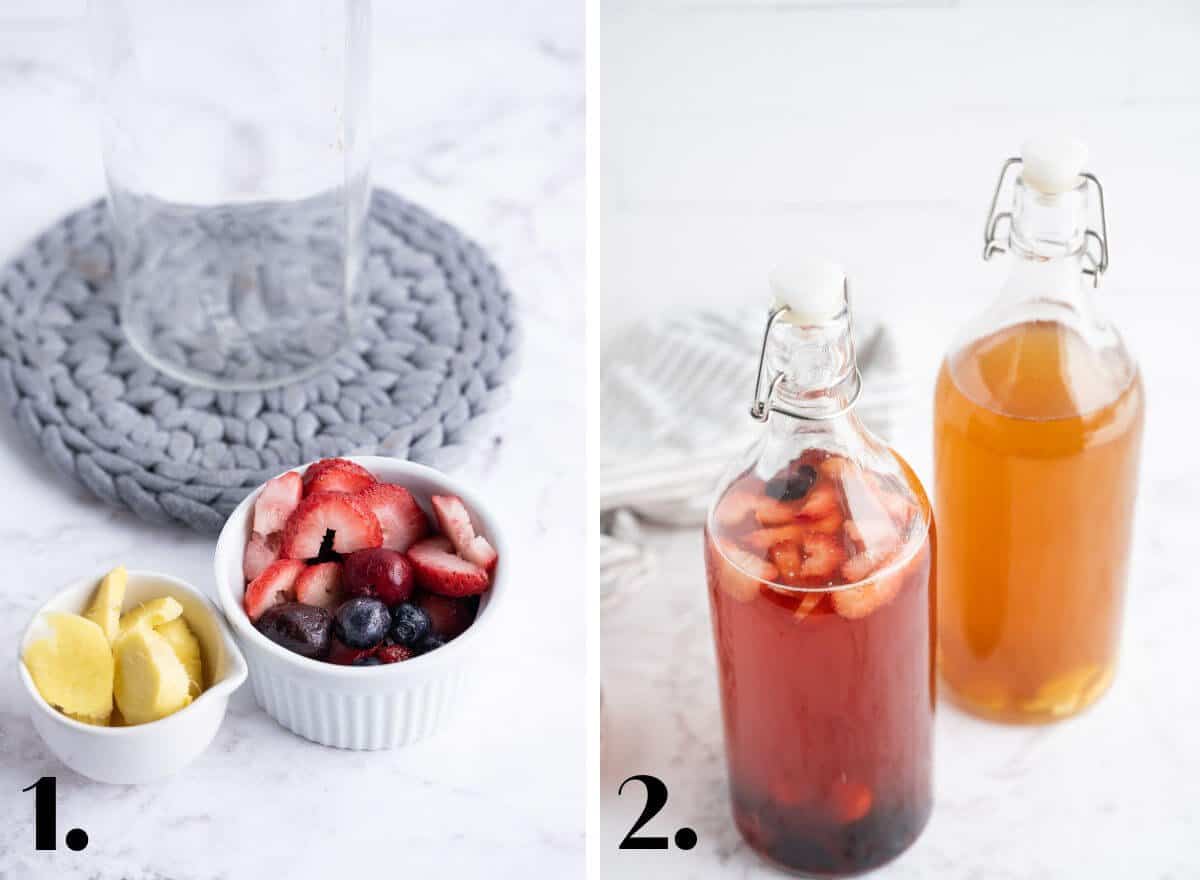
I’m making a ginger kombucha and a fruit kombucha using frozen mixed berries.
- Prepare the fruit/flavoring ingredients by slicing or dicing it if needed.
- Place it into the flip-top bottle, add the brewed kombucha, seal it and let it sit for another 3-7 days. Chill in the refrigerator and serve.
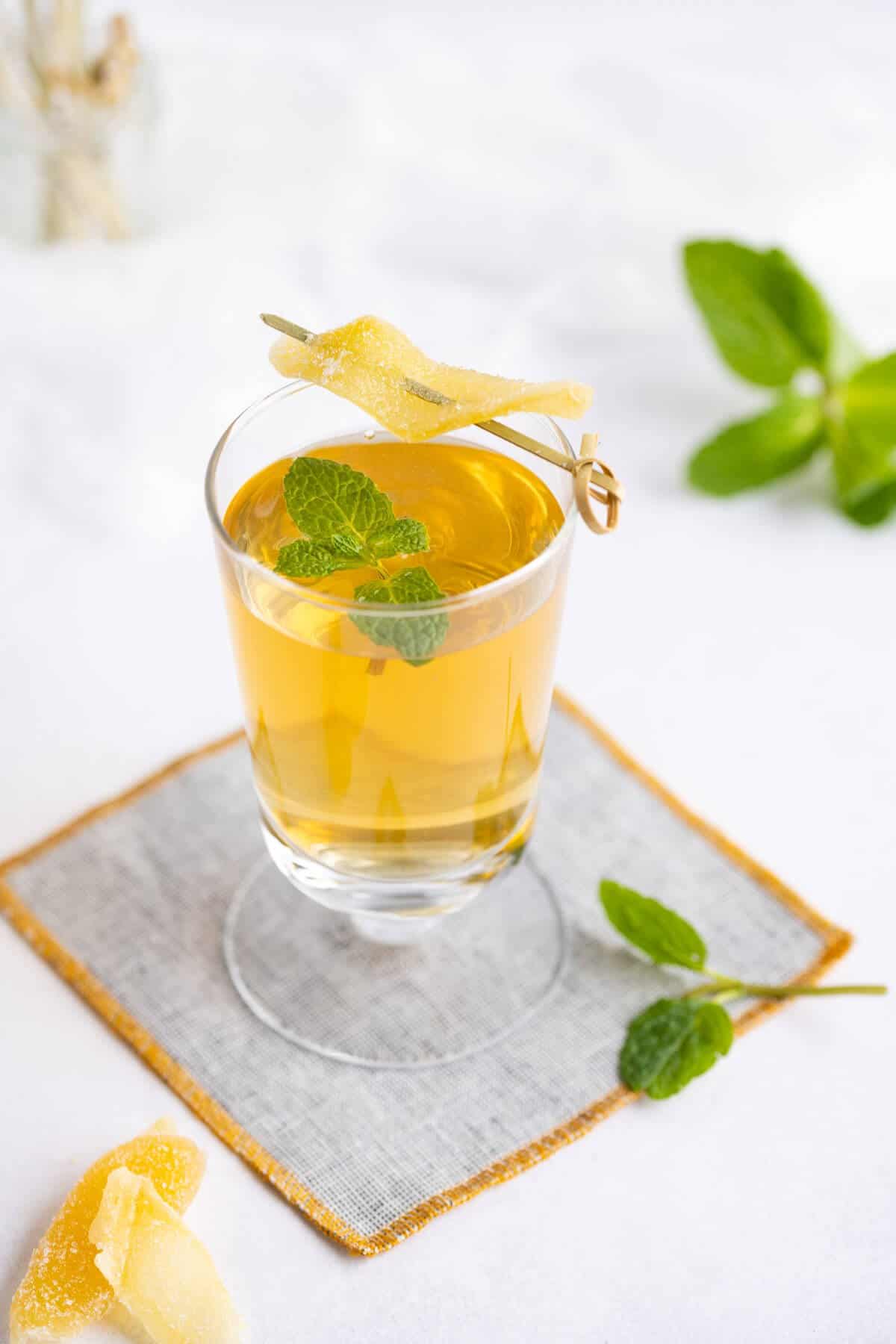
You can serve it straight up or over ice. I love adding a garnish to mine, just for fun and it feels fancy, or like a celebration. Candied ginger is so delicious as a garnish on the ginger kombucha.
Expert Tips
- The SCOBY looks kind of gross. This is normal! My scoby has been used countless times and is more brown. it started out more tan.
- If you purchase a SCOBY online, don’t get the dehydrated one, get the live one that comes in some liquid.
- Be sure that every bottle, instrument, and also your hands are very clean. Remember that you are working with good bacteria, and the last thing you want is cross contamination with bad bacteria.
- After the first fermentation, taste it. If it tastes too sweet, then let it ferment a couple more days.
- The second fermentation is optional. The longer time will give you more fizz or bubbles in your end result. There is no fizz in a single fermentation batch.
- If you like flavored kombucha then a second fermentation is the time to add the flavor.
- Do not use metal tops to seal your bottles. Metal can react with the ingredients in Kombucha and cause toxicity. Also avoid plastic bottles because plastics are porous and can contain bacteria. The best Kombucha bottles are sterilized glass with a swing top lid.
- Sometimes your kombucha will have ‘floaties’ or particles from the flavoring or just the process (think apple cider vinegar with the mother), this is normal and if that bothers you, strain it as you pour it into your glass. A mini fine mesh strainer, like a tea strainer works well.
- Your SCOBYs will multiply! Brand new SCOBYs will form, and sometimes they grow on top of each other. Gently cut or pull them apart if it becomes too thick. They will keep in starter tea (keep them covered) for a long time. Soon you’ll have your own SCOBY hotel.
- Kombucha is wonderful on it’s own, but can also be used in cocktails or mocktails, check out this Sangria Recipe
Frequently Asked Questions
Kombucha is tart, slightly sweet, and effervescent. It can be flavored, which will add more variety to the taste. It could be fruity, floral, spicy, or herbaceous depending on how it’s flavored.
Kombucha contains probiotics that are beneficial to the immune system. The probiotics also aid in digestion. If the kombucha is created from green tea, then there are high counts of antioxidants that protect your cells from free radical damage. Antioxidants also help burn fat and lower cholesterol and blood sugar levels.
Because it’s made by fermentation it does contain a small amount of alcohol. Most store-bought kombucha contains less than 0.5% ABV.
Kombucha is accepted as being safe for children. If you have very young children or toddlers, you may want to dilute it a little. My children have all been drinking it since they were about 5 or 6 years old.
A SCOBY will last for years and can be reused over and over. However, your SCOBYs will multiply as you brew kombucha. You can gently tear off the new SCOBY and use that in your next batch, or store the extras in the starter tea. If you put them in the refrigerator they will become dormant. You can pull them out again when you are ready to use them.
You’ll know if your SCOBY has gone bad if you see traces of mold or if it turns black. Mold will look green, white, or black and can be fuzzy. If this is the case, then it has likely been contaminated with bad bacteria, and it should be discarded immediately.
Health Benefits
As far as health benefits, the list is long. You may or may not be interested in all of these, but I’ve listed what I’ve found from researching it. For me, I’m completely content with just the gut health and immune-boosting gain.
- It alkalinizes the blood
- It’s probiotic
- It detoxifies the liver
- It increases your metabolism
- It improves digestion
- It rebuilds connective tissue – helps with arthritis, gout, asthma, rheumatism
- It considered a cancer prevention
- It alleviates constipation
- It increases your energy
- Improves your mood
- Kills Candida (yeast)
- It helps nutrient assimilation
- Aids in weight loss
Flavor Ideas
You can use fresh fruit, frozen fruit, or fruit juice to add additional flavor. Herbs and spices can also be used. Here are a few ideas to try or get your juices going (ha! see what I did there?!). The flavor combinations are endless.
- Strawberry basil
- Blueberry
- Peach
- Orange ginger
- Raspberry
- Mango peach
- Apples and cinnamon
- Pears and cinnamon
- Cherries and almond extract
- Lemon and Rosemary or thyme
- Grapefruit or a blend of citrus fruits
- Blackberry
- Pineapple
- Pineapple strawberry
- pumpkin pie spice
- Lavender Lemon
Additional Information on SCOBYs
Let’s talk a little more about the SCOBY. People can get hung up on this part if they’re not familiar or have never used one.
These little good bacteria and yeast colonies often look like slimy, rubbery, disks. Their color can vary from white to yellowish-brown. Some of them will have a stringy bottom that is -gross looking- but normal.
The bacteria and yeast in the SCOBY will feed on the sugars in the tea you use, thus transforming your sugars into ethanol and cellulose.
The entire process turns regular tea into tasty kombucha with a healthy SCOBY colony floating on the top. The ethanol production will not produce enough alcohol to be intoxicating, it is less than 0.5%
If you want to make a hard kombucha, you’ll need to use a different yeast, and there is an additional step. We don’t consume a lot of alcohol in our home aside from the occasional glass of wine, so I have not tested this.
If you’re interested in making a hard kombucha, this is a thorough article.
How To Make Your Own Scoby
You can grow your own SCOBY from scratch with these simple instructions. It will take 1-4 weeks to grow one.
- Bring 7 cups of water to a boil.
- Remove it from the heat, add 1/2 cup of white granulated sugar, stir until dissolved.
- Add 4 black tea bags, steep until the water is room temperature.
- Remove the tea bags and add the room temperature tea to a 2 quart or larger glass jar. Then add 1 cup of a store bought, unflavored, unpasturized kombucha. If it has a little blobby thing in the bottom (baby SCOBY), make sure it gets transferred, if there isn’t one, that is fine.
- Cover the jar with a coffee filter, paper towel, or tightly woven cloth and secure with a rubber band.
- Let stand at an average room temperature of 70°. In 1-4 weeks you will have a SCOBY.
A new SCOBY will look a little bumpy but it will smooth over time.
Storing
Because kombucha is live and raw, it rarely goes bad. Let your smell and taste be the judge here. If it tastes tarter and like vinegar, then it’s getting older. It won’t harm you but probably won’t taste as good. If it just tastes ‘off’, then don’t drink it.
Kombucha should be stored in the refrigerator and stay sealed. It can last six months.
SCOBYs can be stored at room temperature in starter tea (make sure they are submerged and the top of the jar is covered). They will multiply just as they do when you are brewing kombucha.
You can also store extra SCOBYs in the refrigerator (also in the starter tea) and they will become dormant. Then you can pull it out for use at a later time.
You May Also Like
Please share
Your shares are how this site grows, and I appreciate each one. Do you know someone who would enjoy this recipe?
I’d love it if you shared it on your favorite Pinterest board or Facebook! AND…if you like this recipe, please do me a favor and give it a ⭐️ ⭐️ ⭐️ ⭐️ ⭐️ rating! TIA 🥰
You can also follow along on YouTube and Instagram!
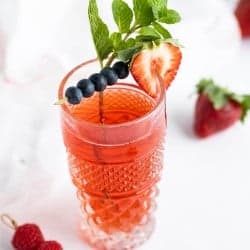
Kombucha Recipe
Equipment
- 1 large stockpot
- 1 gallon size glass jar
- tightly woven cloth, paper towel, or coffee filter to use as a lid to cover the jar.
- rubber band to secure the cloth covering.
- ladle and funnel to easily bottle the kombucha
- Optional: Siphon could be used instead of ladle and funnel.
- swing top bottles no metal tops.
Ingredients
Basic Kombucha
- 8 tea bags black tea, oolong tea, or green tea. Nothing decaffeinated, and no herbal teas.
- 1 cup sugar
- 4 quarts water
- 2 cups starter tea From a previous batch of kombucha, or store bought kombucha. Should not be flavored.
- 1 SCOBY Symbiotic Culture Of Yeast.
Flavored Kombucha for optional second fermentation
- 1/4 cup berries Fresh or frozen. Fruit juice works too.
- 1/4 cup fresh ginger, peeled and sliced.
Instructions
- Heat 1 quart water in a stock pot until hot, but not boiling.
- Add the tea bags and let brew off of the heat for 15 minutes.
- Remove the tea bags.
- Add the sugar and stir until dissolved.
- Add 2 cups of ice and 2 1/2 quarts of cold water to bring the tea to room temperature.
- Pour the tea into a gallon sized jar with the starter tea and the SCOBY.
- Cover with a coffee filter or a tightly woven cotton kitchen towel secured with a rubber band.
- Let it sit at room temperature for 7-10 days where it will be undisturbed.
- Pour tea into bottles and store in the refrigerator.
Optional Second Fermentation
- If flavoring, add fruit, fruit juice, or herbs (depending on how you want to flavor it) to swing top bottles and pour the tea in.
- Let stand at room temperature for another 3-7 days.
- Refrigerate and serve.
Notes
- If you purchase a SCOBY online, don’t get the dehydrated one, get the live one that comes in some liquid.
- Be sure that every bottle, instrument, and also your hands are very clean. Remember that you are working with good bacteria, and the last thing you want is cross-contamination with bad bacteria.
- After the first fermentation, taste it. If it tastes too sweet, then let it ferment a couple more days.
- The second fermentation is optional. The longer time will give you more fizz or bubbles in your end result. There is no fizz in a single fermentation batch.
- If you like flavored kombucha then a second fermentation is the time to add the flavor.
- Do not use metal tops to seal your bottles. Metal can react with the ingredients in Kombucha and cause toxicity. Also, avoid plastic bottles because plastics are porous and can contain bacteria. The best Kombucha bottles are sterilized glass with a swing top lid.
- Sometimes your kombucha will have ‘floaties’ or particles from the flavoring or just the process (think apple cider vinegar with the mother), this is normal and if that bothers you, strain it as you pour it into your glass.
Nutrition
HUNGRY FOR MORE? Subscribe to my newsletter to have recipes delivered to your inbox and to stay up to date on the latest!

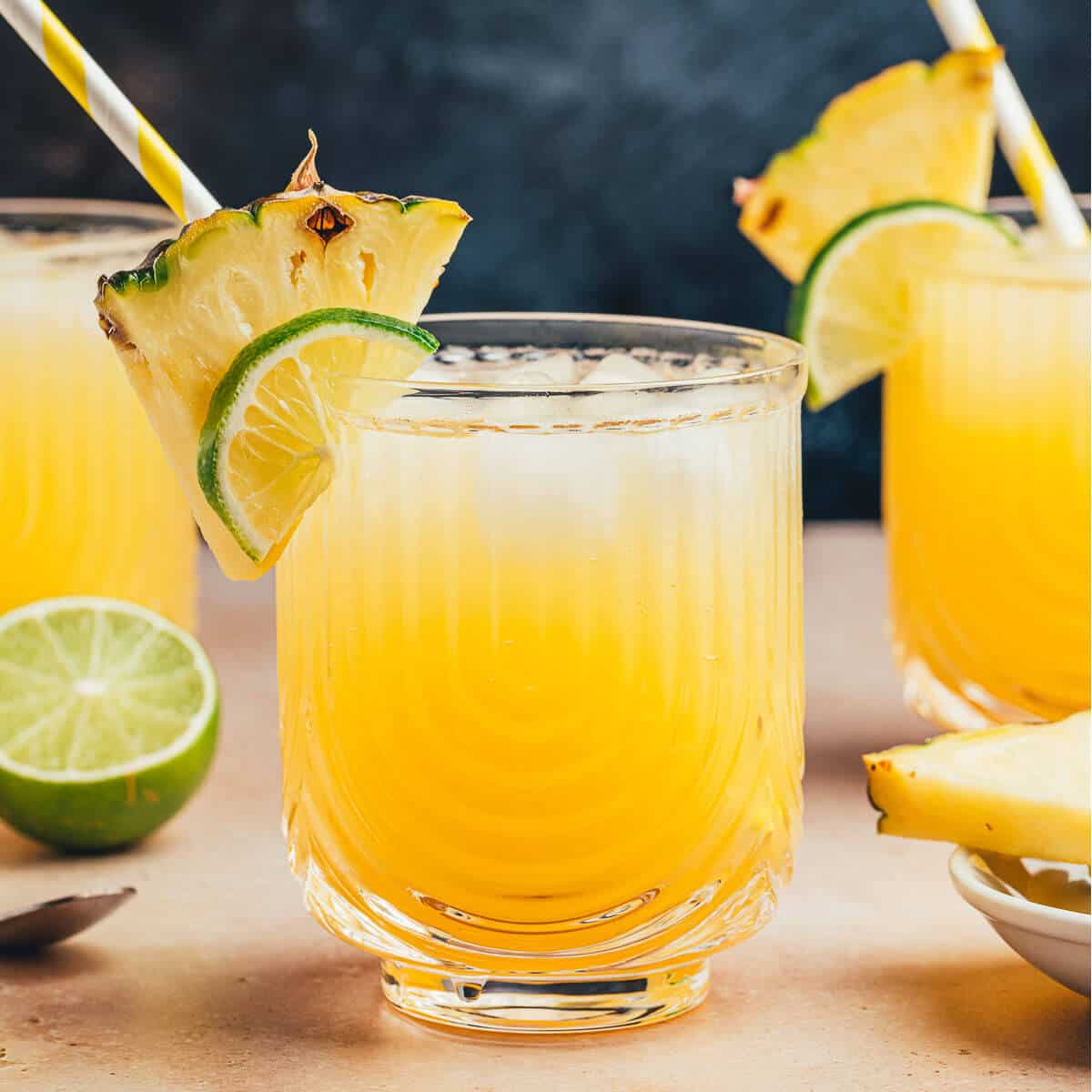
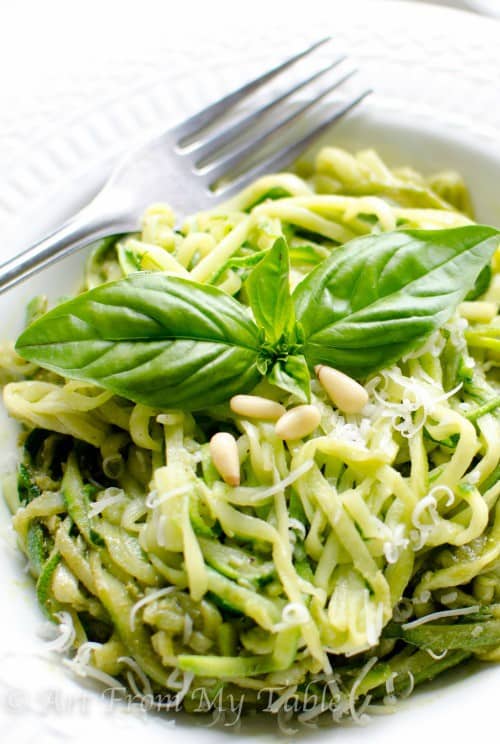

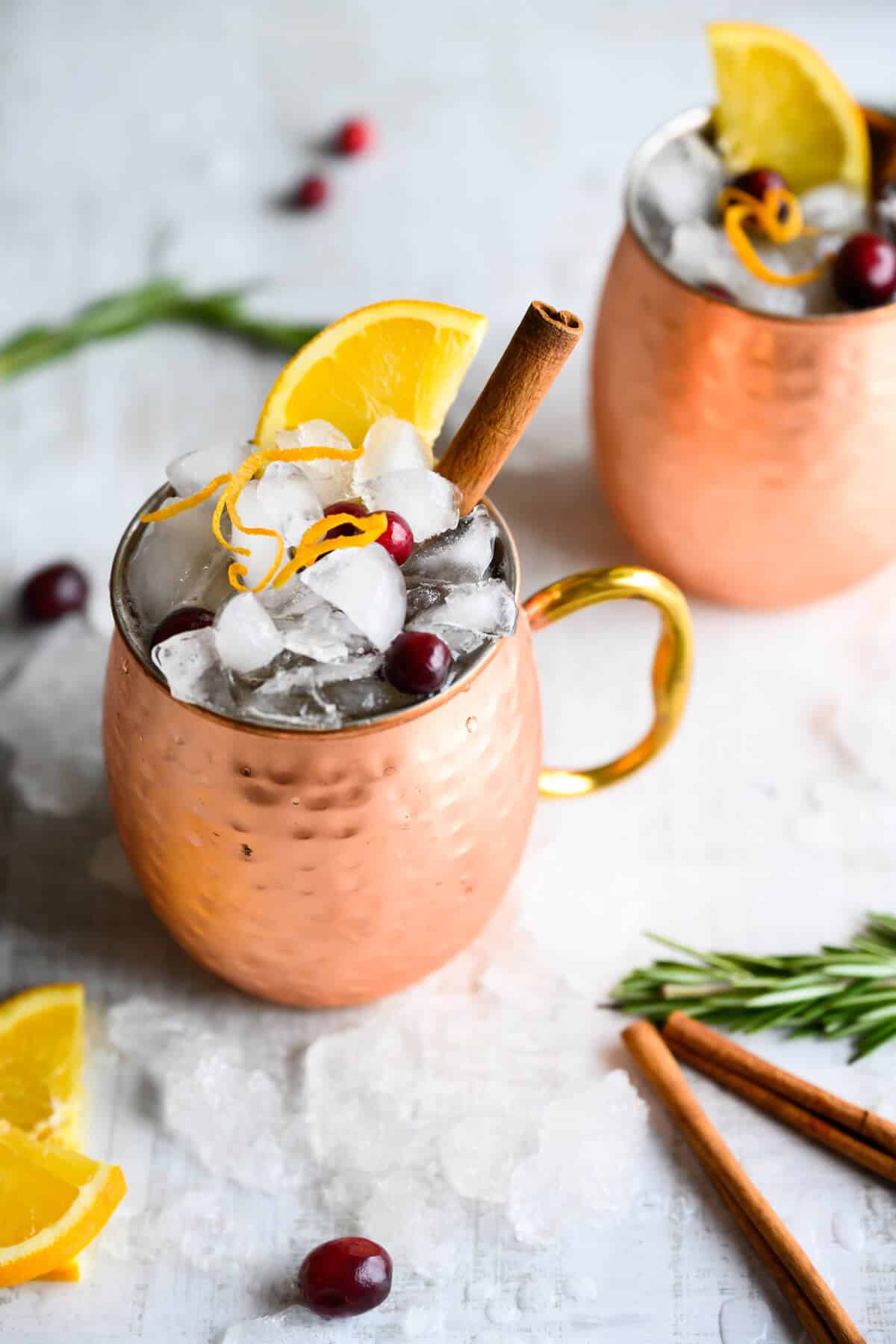
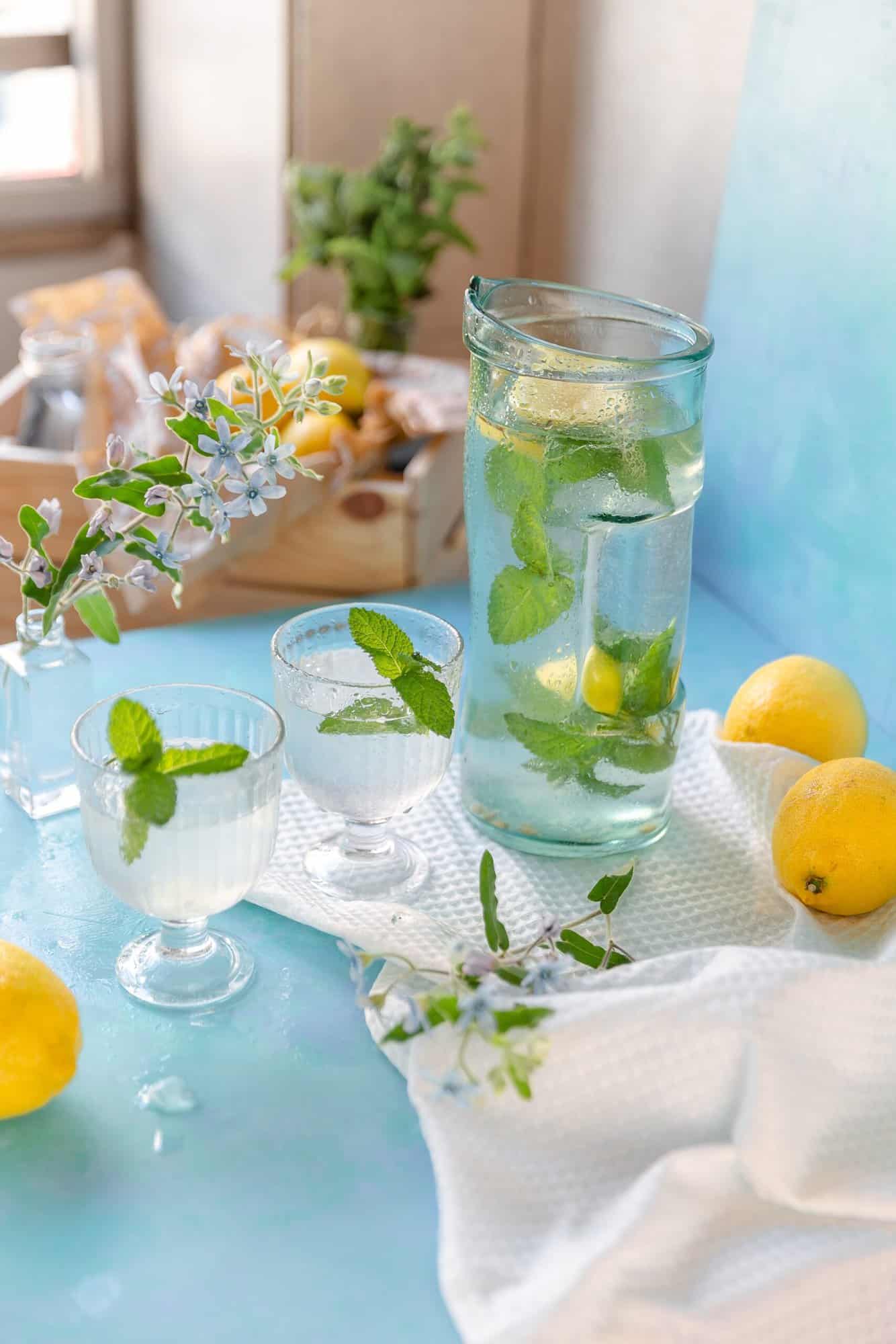
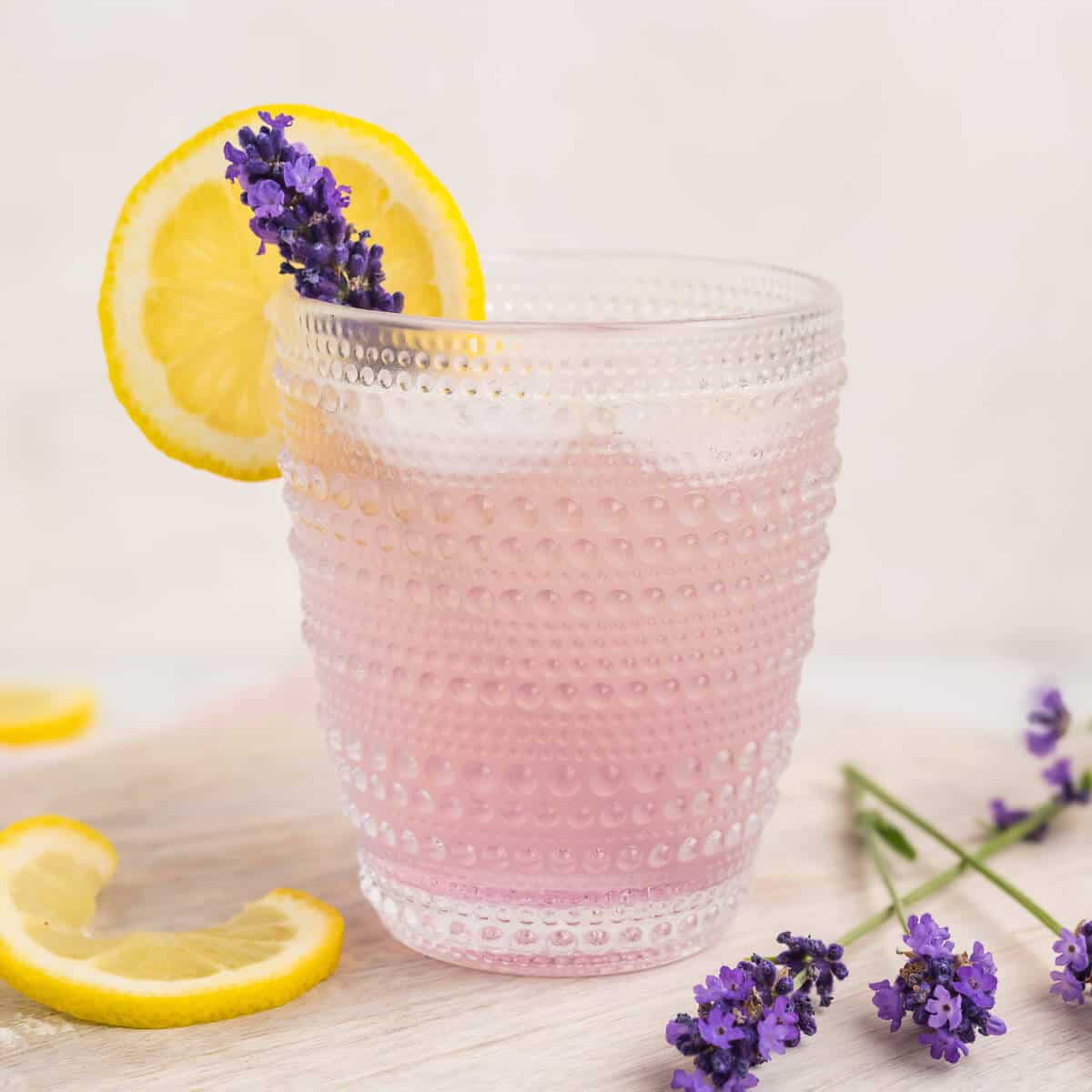
That is so strange! A bottle can explode, and it usually has something to do with the temperature of the room being too warm, then the yeast becomes too active and eating the sugar too fast, which produces a lot of CO2. But I understand in your case one did and one didn’t. I’m sorry I’m not much help, but if you figure it out, please stop back and let me know.
I tried a second ferment in super thick glass bottles (thicker glass than Grolsch). Bottled two around 9:00pm and woke up at 6:30am to one completely exploded bottle, but the other was barely fizzy at all. They were from the same batch. Thoughts?
I’ve been intimidated by making my own Kombucha, but your post makes it seem doable! Thanks for the detailed recipe and instructions! You (and your hubby) rock!
Hugs,
Lynn
Oh good! Let me know how it goes.
You just convinced me to give this a try, I’ve been wanting to make my own!
I’m a fan for sure! I find people either love it or hate it. But making it from scratch you have a a lot of options. The second fermentation adds more bubbles, but if you let it go a few days extra, you’ll get even more carbonation. We still try new flavors too. I’m sure you’ll like it, but if you don’t love it the first time, don’t get discouraged. It just needs tweaking for your taste.
Honestly, I’ve never tasted kombucha before! I can’t wait to try this! I wonder what this tastes like. Thank you for sharing!
First of all, I haven’t heard it referred to as “ghost scoby”, so I’m not 100 percent sure on what you mean by that, but as far as the mold goes, are you sure it is mold?
People often think it’s mold when there is a new scoby growing on top. It’s cloudy and looks weird. If it’s actually mold, you can leave it and it will look green and powdery, like bread mold. Touch it, if it transfers it’s powdery spores to your finger, then it’s mold, if it’s not on your finger, then it’s probably not mold.
Other causes– not THOROUGHLY cleaning/sterilizing your jars/utensils/bowls, etc. Not covering your scoby jar properly. Don’t use cheesecloth but something with a finer weave like fabric. Or, storing or fermenting your tea in a cupboard where mold is present in it. Like is there onions or something else that got moldy and possibly it somehow got into your tea.
I hope that helps you trouble shoot a little bit. I know I’ve thought before that I was getting mold on a scoby, but it was just a new one growing on top, it seemed discolored when it was a baby size, but grew to look normal.
As long as our scobies are still good, we use them and they are fine. We keep them in a jar with some tea on them and they just multiply. We call it the scoby hotel. 🙂
I’ve never made my own Scoby, but here’s a great article that tells you how.
https://www.thekitchn.com/how-to-make-your-own-kombucha-scoby-cooking-lessons-from-the-kitchn-202596
Why am I getting mold with my ghost scoby? How doe you know when your scoby is bad? And can I just drain off the mold? Can you make your own SCoby?
We do one cup of the previous brew and the whole scoby until it becomes too big, because it will grow. When it’s too large, we just split it and either store it or you can start another brew. As for the sediment, it’s really optional. 🙂 Enjoy!!
I’m switching from a batch process to a CB how much of the original batch do put in my CB? Do I put in all the Scooby along with all the sediment from the bottom or do I strain this. Anxious to get this process going.
Metal can damage the scoby, that’s why you should brew and bottle with a top that is rubber or plastic. As long as there is no metal on the inside of your kombucha jar. We usually brew in a large jar with a coffee filter rubberbanded around the top, and then use the bottles with the rubber stops for the 2nd brew. I hope that helps!
Love the simple instructions.
One question I noticed you said don’t use metal tops.
I used mason jars….with lids.
Is that ok
Yes, we do put the lids on. We’ve never had a top blow off, but we do open them slowly. We’ve had a couple spill over, so we just do it in the sink.
Question: When doing the second fermentation, do you put the lids on the bottles or leave them off? It seems that the fermenting would cause carbonation to possibly blow the tops off of the bottles?
I totally get it Sheeva, that was me. What I’ve learned over time, is you really can’t mess it up. 🙂
Great post for someone (me) who has been apprehensive about making kombucha at home!
I so wish I liked kombucha. I’ve tried several different kinds and the yeasty/vinegar taste gets me every time. I do ACV pills, that way I can’t taste the vinegar 🙂
This looks so good! I will have to try this. Doesn’t look as hard as I thought it would be.
I have never heard of this!! It sounds so interesting. I love tea so maybe i’ll have to give it a try